
Filter News
Area of Research
News Type
Date
News Topics
- 3-D Printing/Advanced Manufacturing (2)
- Biology (1)
- Biomedical (4)
- Clean Water (1)
- Composites (1)
- Computer Science (5)
- Critical Materials (1)
- Cybersecurity (2)
- Energy Storage (2)
- Environment (2)
- Fusion (2)
- Grid (3)
- Isotopes (4)
- Materials Science (5)
- Mercury (1)
- Microscopy (2)
- Molten Salt (4)
- Nanotechnology (4)
- Neutron Science (5)
- Nuclear Energy (5)
- Physics (2)
- Polymers (4)
- Security (3)
- Space Exploration (2)
- Transportation (6)
Media Contacts
University of Wisconsin-Madison engineers have added a new dimension to our understanding of why straining a particular group of materials, called Ruddlesden-Popper oxides, tampers with their superconducting properties. The findings, published in the journal Nature Communication...
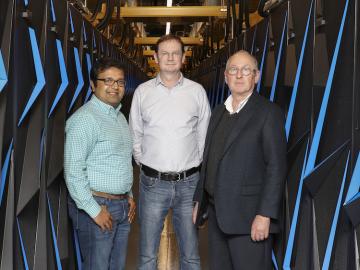
Nearly a dozen scientists across Oak Ridge National Laboratory are teaming with medical researchers and leveraging ORNL’s biggest science tools to solve a modern-day biology grand challenge: unlocking the secrets of disordered proteins. These flexible molecules are believed to constit...
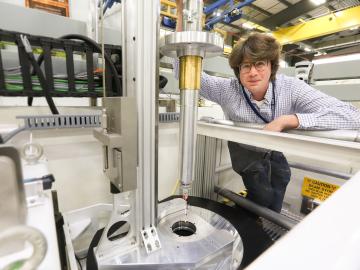
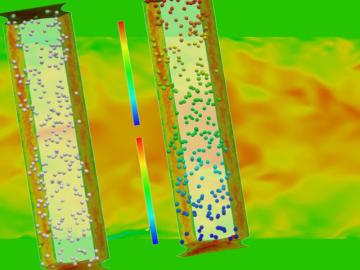
The intrinsic beauty of bubbles—those thin watery spheres filled with air or other gases—has long captured the imagination of children and adults alike. But bubbles are also a linchpin of nuclear engineering, helping to explain the natural world, predict safety issues and improve the...
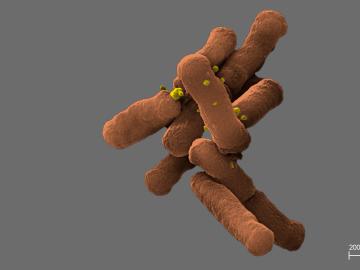
An Oak Ridge National Laboratory-led team cultivated a novel oral microbe, Desulfobulbus oralis, present in adults with periodontitis, an advanced gum disease that affects nearly half of all adults worldwide.
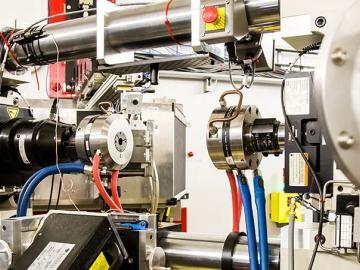
Oak Ridge National Laboratory has partnered with FCA US LLC and casting manufacturer Nemak to develop a new cast aluminum alloy for engine cylinder heads, which could lead to more fuel-efficient internal combustion engines.
Scientists at Oak Ridge National Laboratory have conducted a series of breakthrough experimental and computational studies that cast doubt on a 40-year-old theory describing how polymers in plastic materials behave during processing.
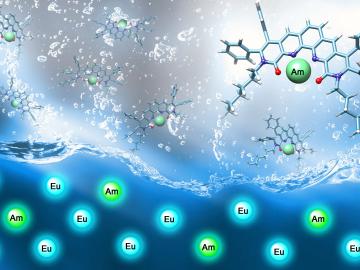
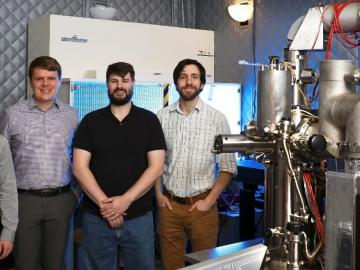
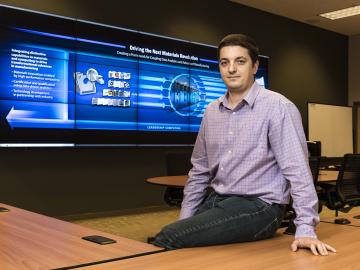
Leveraging his expertise in image processing, sensors, and machine learning, Vincent Paquit is devising a control system for additive manufacturing to produce 3D-printed parts that function as well as conventionally produced objects. Paquit’s research sits at the junction of manufacturing technol...


